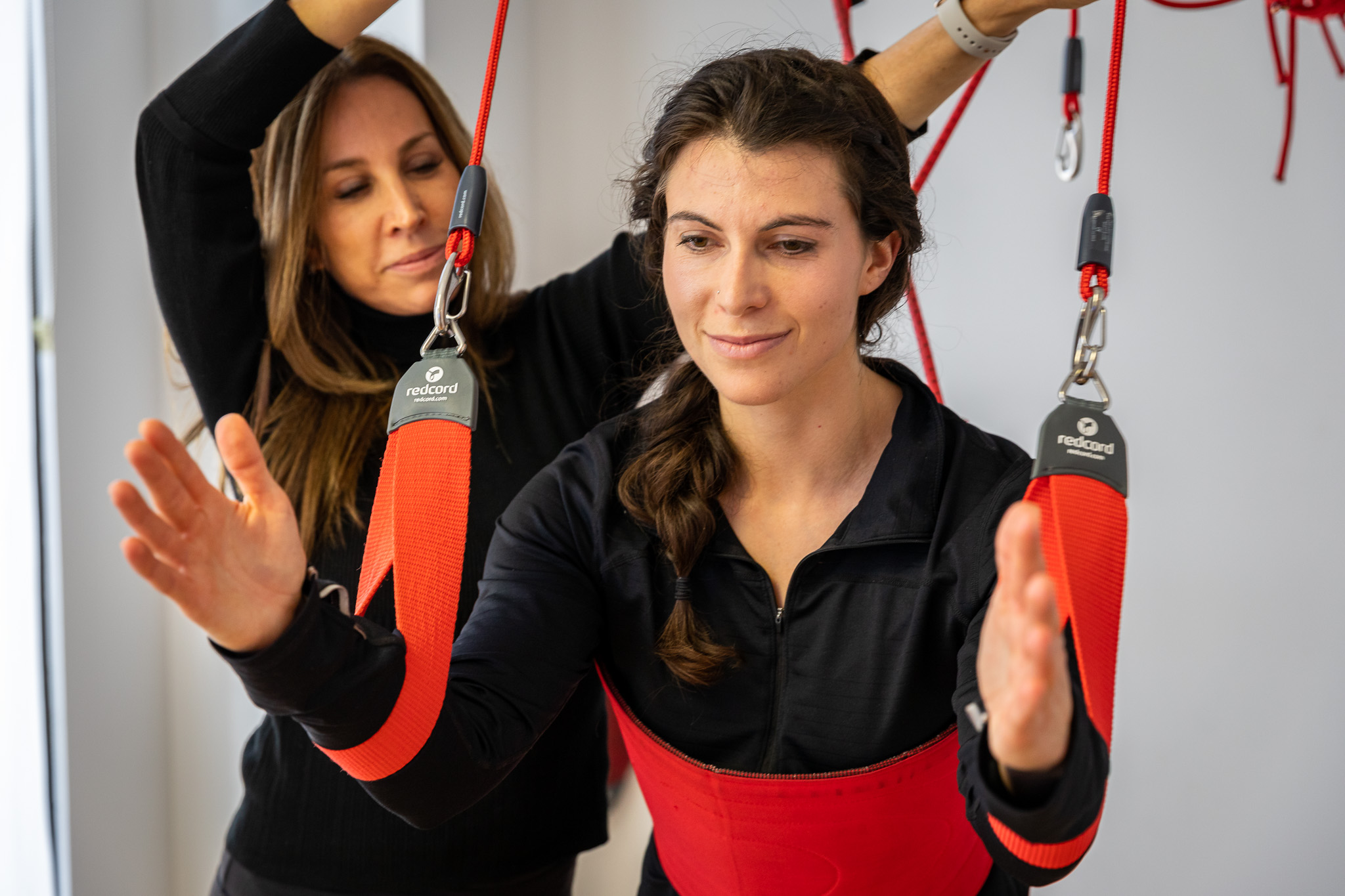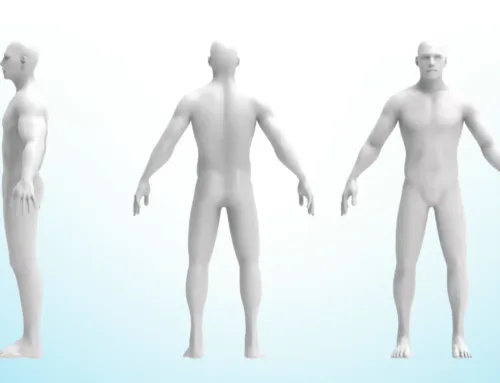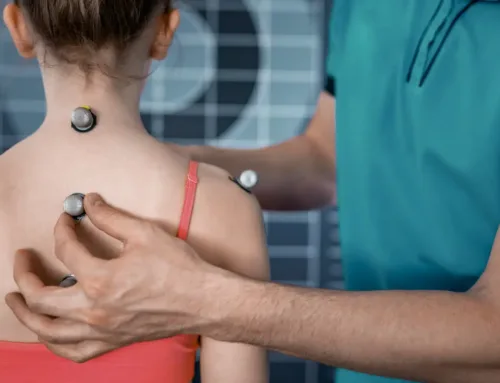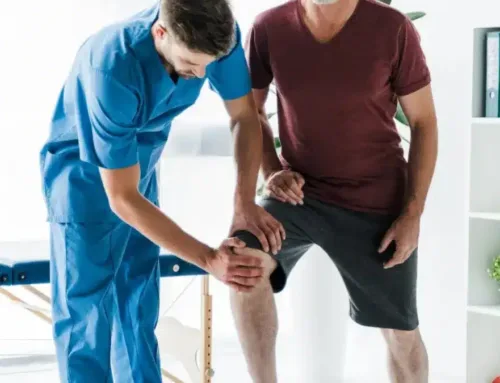Follow the Laws of Postureworks
We all know that people in pain movement differently. In fact, the term for painful posture is ‘antalgic’ posture. But did you know that the body positions that you adopt can affect your emotions and your behaviour, not just the other way around? The quality of movement allows humans to express themselves, to send signals to others and the power to change their own mood.
Happiness is achieved through lightness and free flow.
“In order for a movement to be light and free, one has to generate the minimal amount of force necessary for achieving the required limb displacement. When we are stressed, our muscles become tense as part of getting ready to fight or flight, there is increased co-contraction, and each movement requires more muscle activation in order to overcome this co-contraction. The feeling of happiness produced by free and light movements might be the result of the proprioceptive feedback from the muscles to the brain, which similar to what happens during relaxation, signals to the brain that the muscles are minimally activated, i.e., we are not in a stressful situation. Additional motor elements that predicted feeling happy were enlarging the shape of the body in the horizontal (spread) and vertical (rise) direction as well as upward movements in space.”
It would appear that ‘sitting up straight’ has exactly the effect that our grandparents knew all along, making us feel confident and proud. And that the jumping and rhythmic movements found in folk dance is intended to elevate the mood.
Biomechanics involves measuring the body and how it moves in relation to internal and external factors. It is about quantifying the freedom of movement needed for a happiness-inducing run or rave party, and the ground reaction forces involved in a courtsey at the local folkdance. Biomechanics helps to explain why some people have access to quality movement and others do not, and to take action to improve the movement.
Next time you see someone looking a little down, ask yourself if it is written all over their face, or is it actually in their posture, their movement patterns – their body language?
For the health professionals out there, who are responsible for keeping us well and healthy. When discussing the serious increase in mental health issues that we are currently facing, maybe consider using some biomechanics to write a prescription for exercise instead of medication.
Apply the Laws of Movement:
- Measure movement to set goals and measure action
- Provide tangible feedback to keep people motivated
- Aim for quality movement, and change habits through repetition





